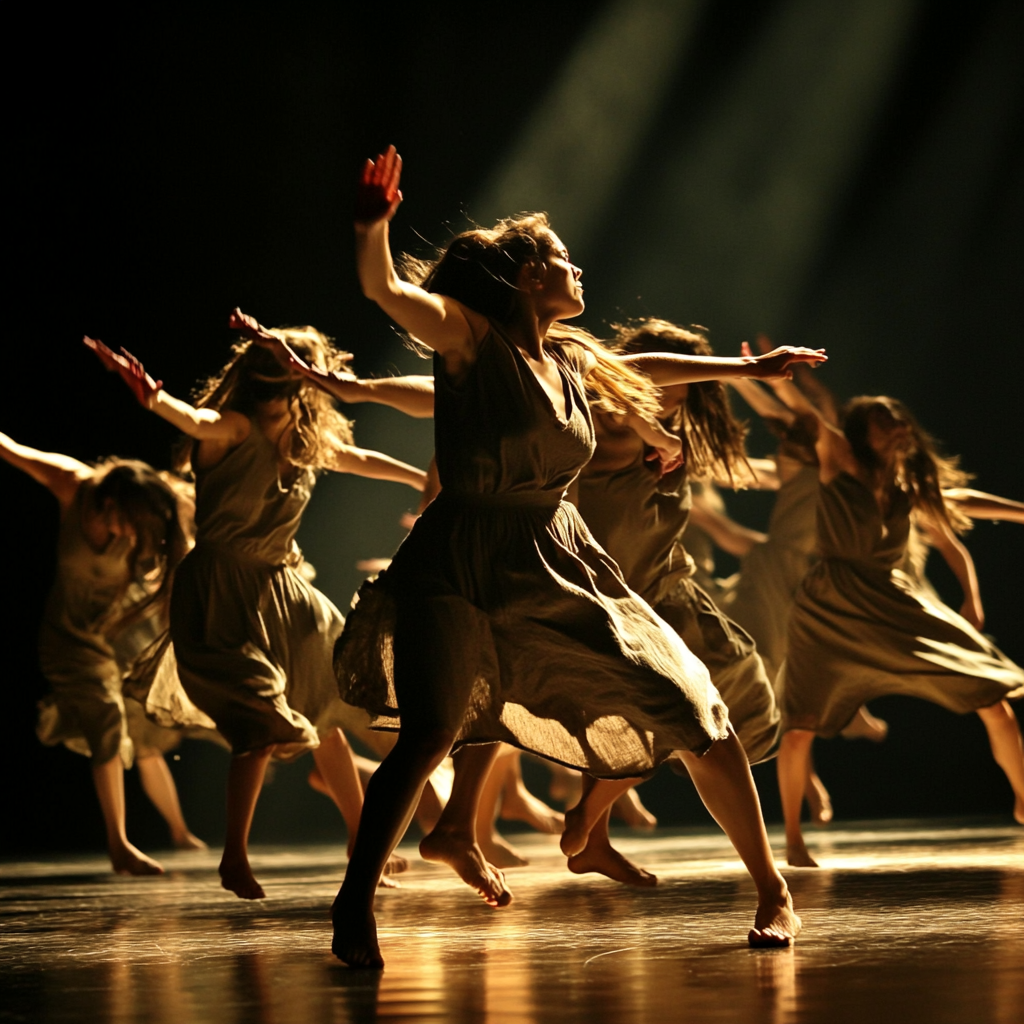Women of Ancient Sparta

The female citizens of Ancient Sparta held a unique and distinguished role in their society. Although entirely separated by class from the helot population of Lacedaemon (who outnumbered them at a ratio as high of 10 to 1), they were somewhat of an enigma to the other Greek city states.
In the many poleis of Hellas, the role of woman was generally the same. They were expected to be obedient, almost servile, housewives who undertook all of the work and responsibilities of the household. They were never to leave the house unless accompanied by a male and, of course, were entirely restricted from any of the societal roles that governed the polis. They were not permitted to vote or hold any public office, own property, nor partake in debates in matters of diplomacy or war. It would be fair to say that their status was little different from the slave class whom they worked beside.
This was not the case in Ancient Sparta, in this blog we will delve into the many different aspects of a Spartan woman’s life that made the rest of Greece look on in wonderment.
Education and Physical Training
Ancient Sparta is known for its fierce, warlike reputation. Indeed, even in their time it was generally accepted that no Greek warrior could stand toe-to-toe with a Spartan Hoplite. This was no stroke of luck, it was a result of their strict and disciplined laws and institutions which were geared solely towards creating the best and deadliest warriors possible.
These soldiers did not fall out of the sky, obviously… It was Spartan women who birthed them. In order to ensure only the strongest babies would be produced, the female citizens of Sparta were forced to become the strongest women as well. Athletic ability was highly emphasised, which included running, wrestling, discus and javelin throwing, to maintain physical fitness. Women were also pitted against each other in frequent competitions, keeping them always in peak physical performance. The belief was that strong mothers would produce strong warriors.
Spartan women were educated at the same level as the men and taught how to read, write and speak in public. They were permitted to speak in the presence of men, something which other Greeks found reprehensible and barbaric.
A famous example of this is from Queen Gorgo from the 4th century BC. Aristagoras of Miletus was seeking allies to invade Persia after the Ionian revolt and sought the support of Sparta. He visited the then king Cleomenes I (father of Gorgo) with a proposal to invade Asia with his troops, impressing upon him the great wealth and splendour he would acquire from there. When asked how long it would take to get his forces there, however, he replied with three months, to which Cleomenes stated was impossible and ordered him to leave Sparta. Rebuked and disappointed by this, Aristagoras tried desperately to bribe the King at his home, offering a sum as high as 50 talents! Gorgo, eight or nine years old at this point according to Herodotus, here stepped in and told her father to leave lest Aristagoras’ bribes corrupt him. Cleomenes listened to his daughter’s advice, removed himself, and Aristagoras left Sparta without being heard any further.
Marriage and Childbearing in Sparta
Marriage in Ancient Sparta was much different from our modern day understanding. Whilst in today’s world we see marriage as a commitment borne out of love between a man and a woman, in Sparta, this wasn’t necessarily the case. The prime objective of marriage was to continue the citizen bloodline and most importantly to produce strong babies who would then go on to become Spartan warriors. A steady supply of elite soldiers was essential to maintaining their military dominance.
Women in ancient Sparta married later in life compared to their contemporaries. Whilst other Greek city states married off their daughters at ages as young as 12, in Sparta, it was around 18-23 years old. This was a prudent rule as it ensured the mother was mature and physically capable enough to survive childbirth, something which in the ancient world carried a much higher mortality rate compared to our modern era.
The ritual of marriage in ancient Sparta would be considered by many to be very strange in this day and age. The men, who would stay in a barracks with their comrades, would sneak out at night and abduct a woman whom they desired. The woman’s head was shaved and she was made to wear a man’s cloak and sandals so she would resemble a young boy. From there she would be taken to a dark room and secretly visited by her groom for the first night.
Raising Spartan children
Unlike in Athens and other Greek city states, children in Sparta were not mollycoddled. In order to instil resilience and grit into them so that they would become the strongest, they were exposed to hardship from very early on.
Until the age of 7 boys were to be raised by their mothers, and taught the Spartan ethos with witty remarks that we now famously call Laconic (Lakonismos). The idea that they were to become warriors was burnt into their psyche with phrases such as “with your shield, or on it’. They were told that the greatest honour a Spartan could attain was to die for their country.
When the boys hit the age of 7, they were taken from their mothers and initiated into the agoge. Here they were transformed over a 13 year period into a Spartan warrior and loyal soldier of the state. The training was rigorous and cruel with frequent beating and relentless training in the arts of warfare. Mothers did not bewail the loss of their sons however, but took pride in them becoming Sparta’s finest and Greece’s best hoplites.
We hope you have enjoyed reading our blog about the role of Spartan women in this harsh, militaristic society. Stay tuned for more stories about this culture of fierce warriors all here on history hype. Thanks.
